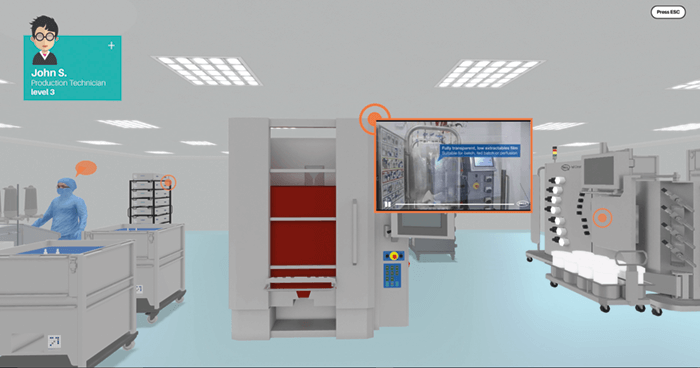What inspired you to create HakoBio?
In a previous life, my business partner (Matthieu Egloff) and I spent a decade working in the biopharma industry where our responsibilities involved product management for bioreactors. We realized there were no simple tools available to help us model production processes. Before implementing these bioreactors, our customers always had the same questions: “What will be the footprint of this technology be? How will it fit my processes? How will it fit in into my cleanroom?”
Our only tool to simulate the integration of bioreactors that cost hundreds of thousands of euros was a PowerPoint presentation. It’s the virtual equivalent of a pen and paper! As an alternative, we resorted to complex engineering tools that weren’t accessible to everyone, as they required training and specialized skills. In the consumer market, on the other hand, if you buy a bathroom, a kitchen, or a house, you can easily download an app that allows you to create a conceptual design of how your space will look in just a few simple clicks. We saw this as a clear gap and we wanted to come up with something very simple and intuitive that allows you to design your bioproduction space in just a few clicks. At the same time, the industry was shifting towards single use and local production, and there were also multiple initiatives around industry 4.0 and digital transformation. Although people are talking more and more about digitalization, the Internet of Things, connected devices and big data – when you actually look at the market, people don’t really understand what these things mean for their business, or how to best leverage them. The industry now has multiple tools available that are generating data, but the data is not being exploited. In too many cases, data is captured, put into a nice-looking table, and that is the end of its journey. So we also wanted to empower users to design, operate and exploit the “digital twin” of their factory floor or their production process and really get the most from their data. And so HakoBio was born…




